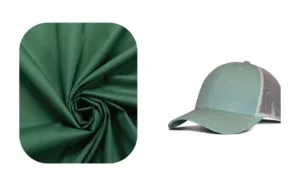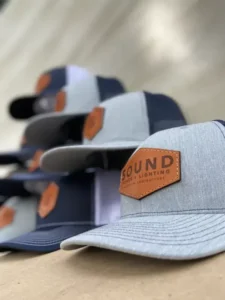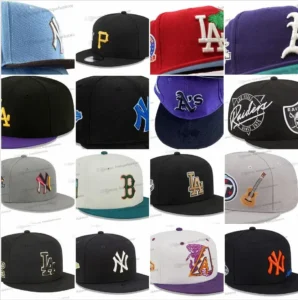When winter winds bite and temperatures drop, the right hat can be your best defense against the cold. But have you ever stopped to wonder, what really makes a hat warm? Is it the fabric, the design, or something else entirely? The answer lies primarily in the material — because not all fabrics are created equal when it comes to insulation. This guide will break down the warmest materials used in hats, helping you choose headwear that combines comfort, durability, and style for the chilliest days. Whether you’re a fashion lover, an outdoor enthusiast, or a hat manufacturer, understanding the science behind warmth can transform how you pick or design your next winter hat.
Imagine a mountain climber scaling icy peaks or a city dweller braving the frost — their choice of headwear could mean the difference between a comfortable day and a frozen one. Let’s dive into the materials that make that difference.
1. Why Does Hat Material Matter for Warmth?
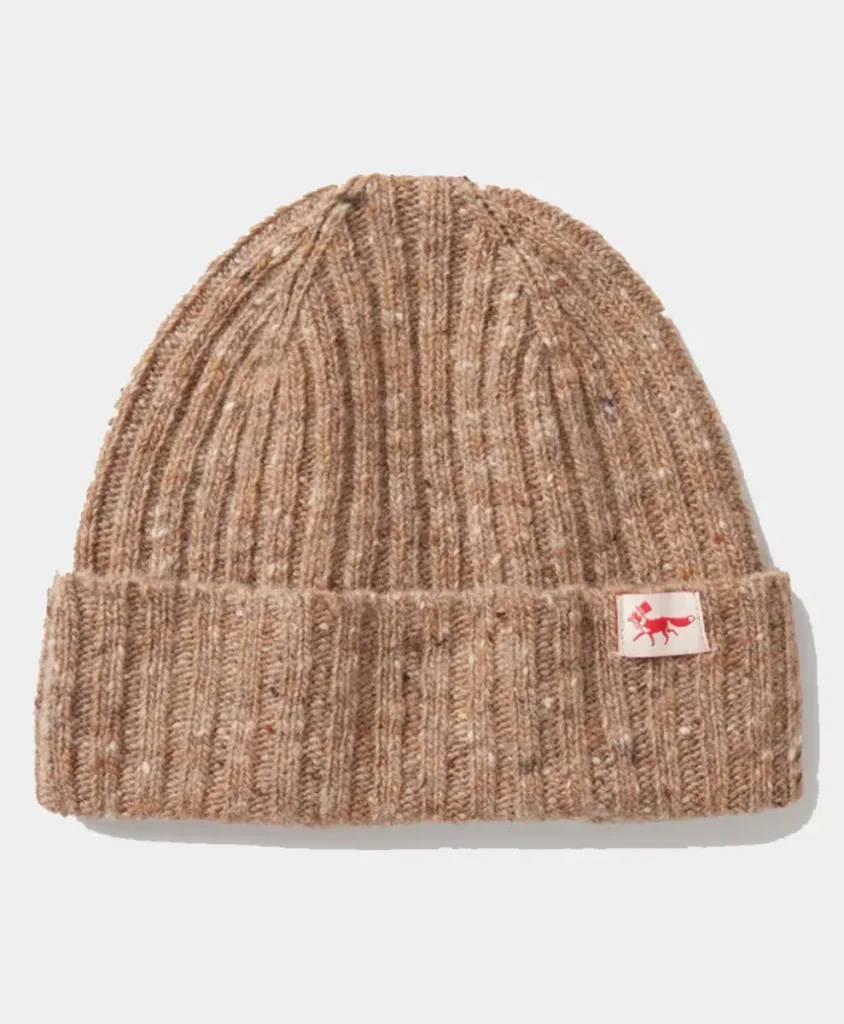
The material of a hat directly influences how well it traps heat and blocks cold air. Insulating materials retain body heat while allowing moisture to escape, keeping your head warm without overheating or sweating.
- Heat retention: Materials like wool have natural crimped fibers that trap air, creating a warm layer around your head.
- Moisture management: Breathable fabrics prevent sweat from accumulating, which can cool you down and reduce warmth.
- Wind resistance: Dense weaves and tightly knit fabrics block cold wind penetration.
- Examples: Merino wool’s natural breathability makes it warm and comfortable; fleece provides a soft, insulating barrier but with excellent moisture-wicking properties.
| Factor | Effect on Warmth | Examples |
|---|---|---|
| Heat Retention | Traps warm air close to the skin | Wool, fleece |
| Moisture Management | Prevents sweat buildup to maintain insulation | Merino wool, fleece |
| Wind Resistance | Blocks cold air from penetrating | Dense knits, windproof layers |
Understanding these factors helps select hats that balance warmth and comfort, fitting any environment.
2. Which Natural Fibers Offer Superior Warmth?

Natural fibers like wool, down, and fur are among the warmest hat materials due to their excellent insulation and breathability.
- Wool: Wool, especially Merino and alpaca, is prized for its crimped fibers that trap heat and absorb moisture without feeling wet. Alpaca wool offers even more warmth and a softer feel. For example, qiviut — the underwool from muskox — is 8 times warmer than sheep’s wool, making it a luxury option for extreme cold.
- Down: Often used in hat linings, down from geese or ducks provides lightweight, compressible insulation by trapping warm air pockets.
- Fur: Fur-lined hats offer premium insulation and wind resistance but raise ethical concerns and require special care.
| Fiber Type | Warmth Rating* | Moisture Management | Durability | Typical Use in Hats |
|---|---|---|---|---|
| Merino Wool | High | Excellent | High | Beanies, knit hats |
| Alpaca Wool | Very High | Good | Medium | Luxury knitwear |
| Qiviut | Extremely High | Excellent | Medium | Premium hats |
| Goose Down | High | Poor (needs waterproofing) | Low | Linings |
| Fur (Rabbit) | Very High | Moderate | Medium | Trapper hats |
- Warmth rating based on insulation properties relative to weight
Natural fibers offer outstanding warmth and breathability, but differ in care and ethical considerations.
3. How Do Synthetic Materials Compare?
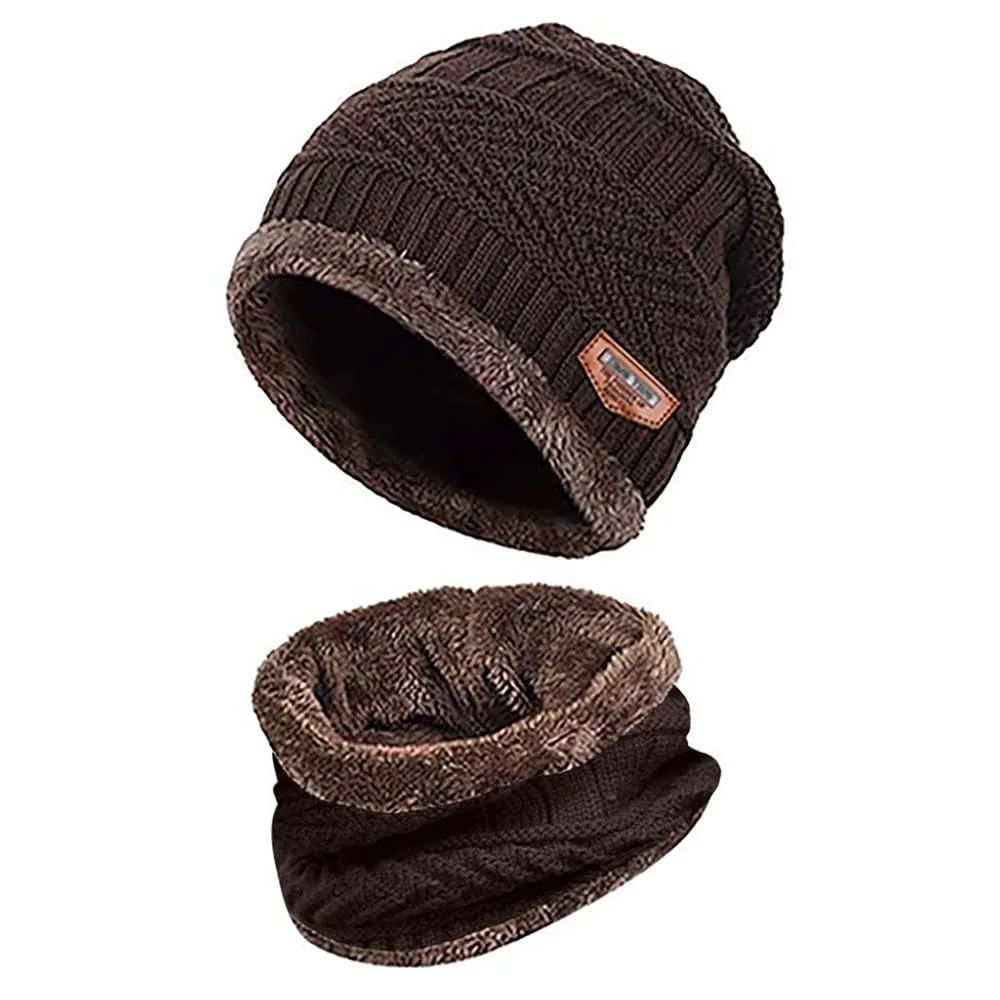
Synthetic fabrics like fleece, Thinsulate, and GORE-TEX® offer versatile warmth with added benefits such as water resistance and lightweight design.
- Fleece: Made from polyester, fleece mimics wool’s insulation with excellent moisture-wicking and quick-dry properties. It’s lightweight and affordable but less wind-resistant.
- Thinsulate: A proprietary microfibrous insulation, Thinsulate is thin yet traps heat effectively, often used in technical winter hats.
- GORE-TEX®: Though not insulating by itself, GORE-TEX® membranes provide waterproof and windproof protection, often layered with insulating materials for cold-weather hats.
- Sustainability: Synthetics are typically petroleum-based, raising environmental concerns, though recycled options are emerging.
| Material | Warmth-to-Weight | Water Resistance | Breathability | Typical Use |
|---|---|---|---|---|
| Fleece | Medium | Low | High | Casual winter hats |
| Thinsulate | High | Medium | Medium | Outdoor technical hats |
| GORE-TEX® | N/A | Very High | High | Shell layers, hats |
Combining synthetics with natural fibers can optimize warmth, dryness, and comfort.
4. What Are the Best Hat Designs for Cold Weather?
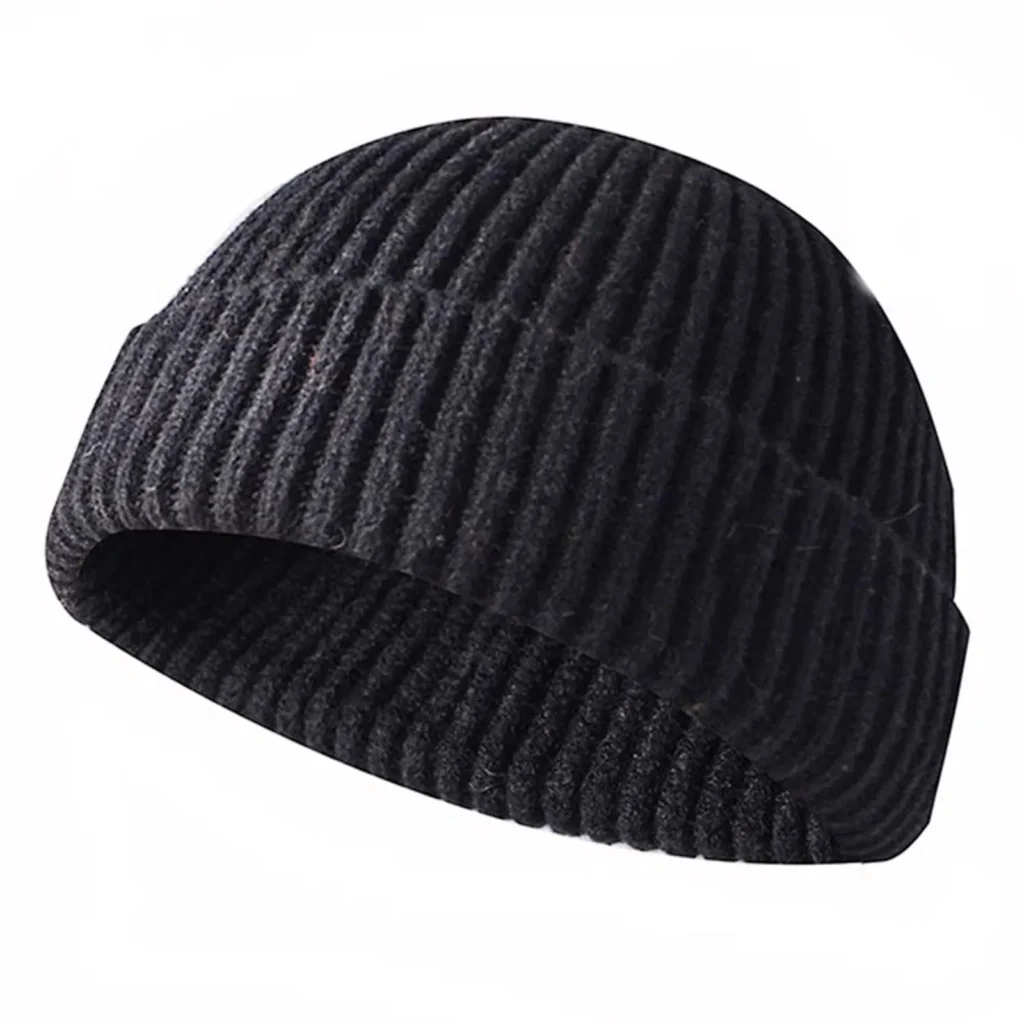
Design features significantly influence a hat’s warmth beyond the material itself.
- Beanies: Close-fitting and versatile, beanies made of wool or fleece are popular for everyday warmth.
- Trapper hats: Featuring ear flaps and often lined with fur or fleece, trapper hats provide excellent coverage against wind and cold.
- Balaclavas: Covering the entire head and neck, balaclavas offer maximum protection for extreme conditions.
- Additional features: Adjustable chin straps, fleece linings, and wind flaps enhance protection.
- Layering: Combining hats with hoods or scarves further improves insulation.
| Hat Style | Coverage | Typical Materials | Ideal Use |
|---|---|---|---|
| Beanie | Head only | Wool, fleece | Casual wear, mild cold |
| Trapper Hat | Head + ears + neck | Fur, fleece lining | Extreme cold, windy climates |
| Balaclava | Full head and neck | Wool, synthetic blends | Extreme weather, sports |
Proper design can enhance or limit the insulating properties of even the warmest materials.
5. How Do Environmental Factors Influence Material Choice?
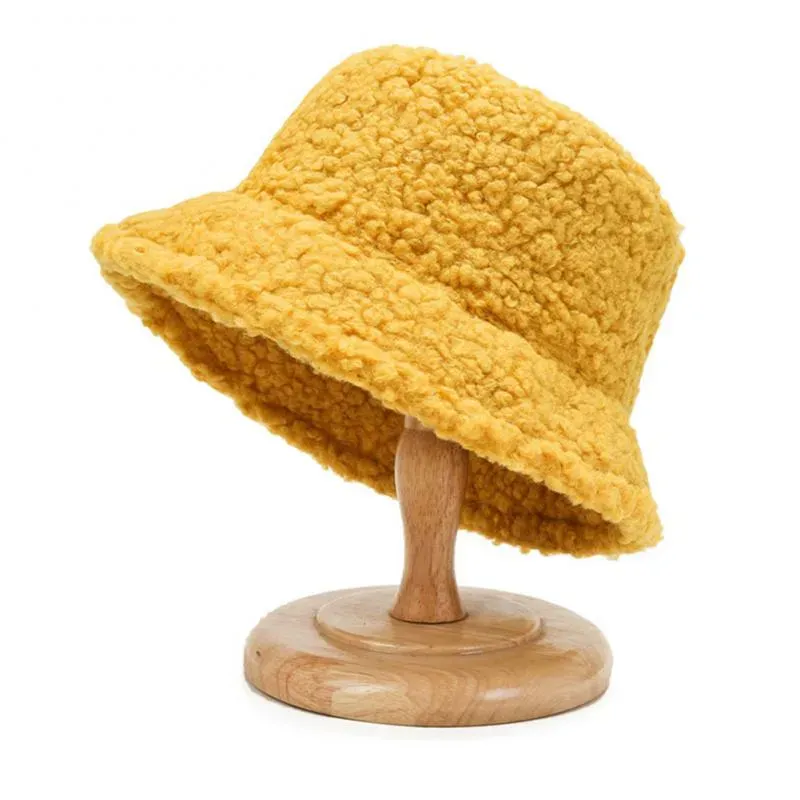
Climate and activity dictate the optimal hat materials for warmth and comfort.
- Wet climates: Waterproof outer layers combined with warm, moisture-wicking linings like fleece or Thinsulate prevent dampness and chills.
- Dry, cold conditions: Natural fibers like wool excel by regulating temperature and moisture.
- Windy environments: Dense weaves and windproof membranes block cold air effectively.
- High-activity use: Breathable, moisture-wicking materials prevent overheating and sweat buildup.
| Environment | Recommended Material | Additional Features |
|---|---|---|
| Wet, cold | Synthetic with waterproofing | GORE-TEX® membrane, fleece |
| Dry, cold | Natural fibers (wool, alpaca) | Breathable knit |
| Windy | Dense weave, windproof layers | Ear flaps, chin straps |
| High activity | Breathable synthetics | Moisture-wicking fabrics |
Tailoring material choice to environment improves warmth and comfort dramatically.
6. Which Materials Are Most Sustainable and Ethical?
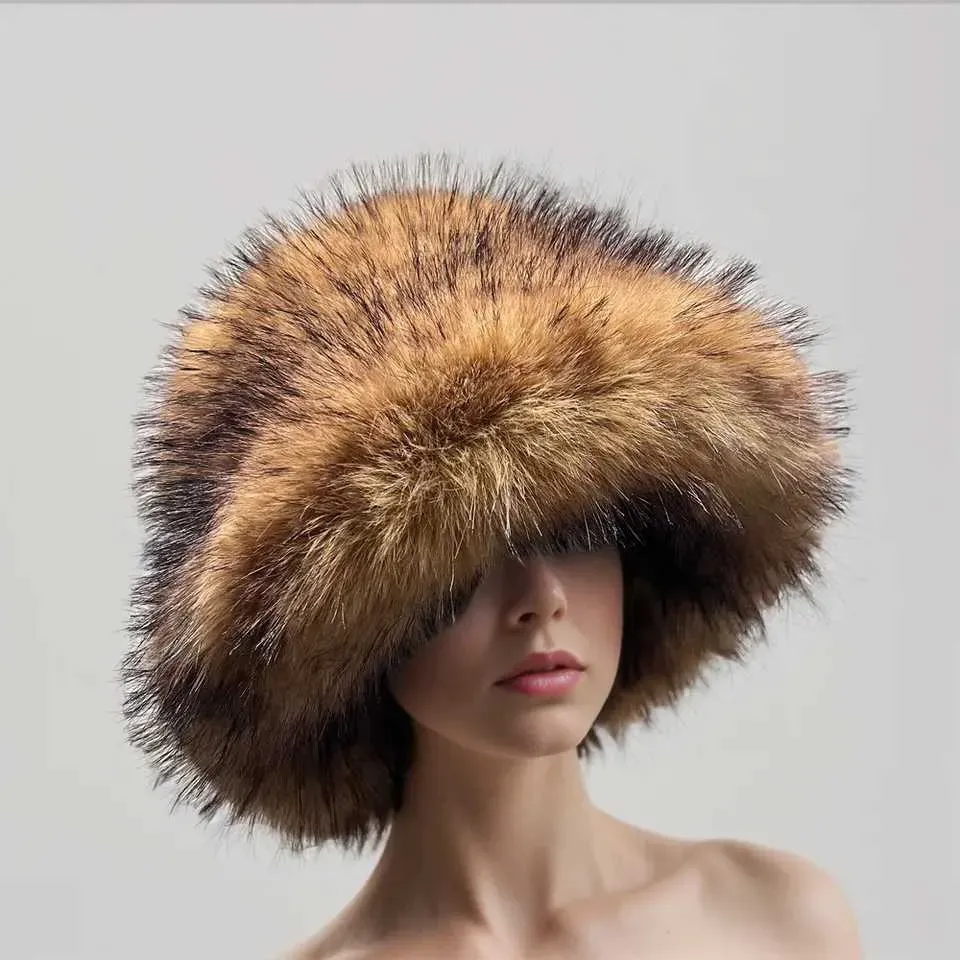
Sustainability is increasingly important, with choices affecting environmental impact and animal welfare.
- Sourced wool: Look for certifications like Responsible Wool Standard ensuring animal welfare.
- Recycled synthetics: Made from plastic waste, recycled polyester reduces environmental footprint.
- Alternatives to fur: Faux fur offers similar warmth without ethical concerns.
- Manufacturing: Eco-friendly dyeing, reduced water use, and fair labor practices enhance sustainability.
| Material Type | Sustainability Aspect | Certification/Example |
|---|---|---|
| Responsible Wool | Animal welfare, land stewardship | Responsible Wool Standard |
| Recycled Polyester | Waste reduction, circular economy | Global Recycled Standard |
| Faux Fur | Animal friendly alternative | PETA-approved materials |
| Eco-manufacturing | Reduced water & chemicals use | OEKO-TEX®, Bluesign |
Demand for sustainable materials is shaping the future of warm hat manufacturing.
Choosing the warmest material for a hat involves balancing insulation, breathability, design, and sustainability. Natural fibers like alpaca and qiviut offer unmatched warmth, while synthetics provide technical advantages for specific conditions. Thoughtful hat design and climate considerations further enhance comfort.
If you’re looking to develop or source high-quality, warm, and sustainable hats tailored to your market needs, Kinwin is your trusted partner. With advanced production capabilities, strict quality control, and a commitment to eco-friendly materials, we deliver premium hats that blend style, durability, and warmth.
Contact Kinwin today to request a quote or start your custom hat project — stay warm, look great, and make a responsible choice with us!



